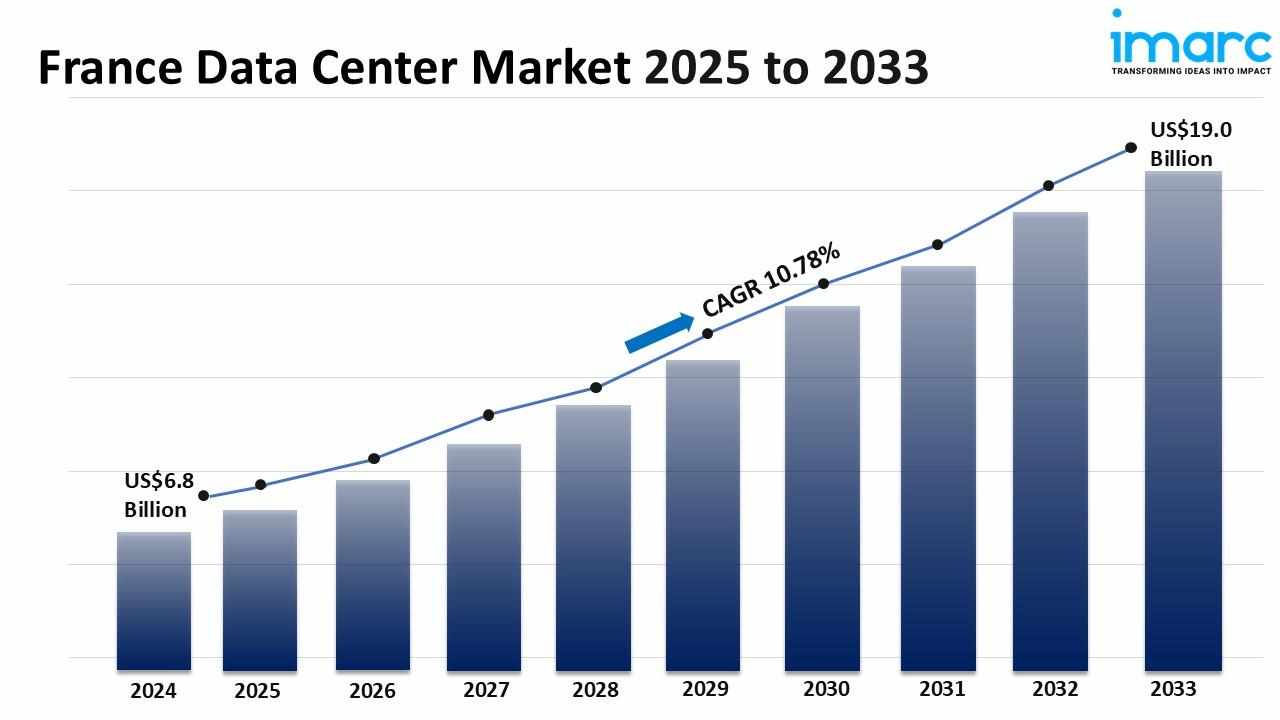
France Data Center Market Overview
Base Year: 2024
Historical Years: 2019-2024
Forecast Years: 2025-2033
Market Size in 2024: USD 6.8 Billion
Market Forecast in 2033: USD 19.0 Billion
Market Growth Rate (2025-33): 10.78%
The France data center market size reached USD 6.8 Billion in 2024. Looking forward, IMARC Group expects the market to reach USD 19.0 Billion by 2033, exhibiting a growth rate (CAGR) of 10.78% during 2025-2033. The increasing data consumption, government support for digital infrastructure, growing demand for cloud services, ongoing advancements in technology, and the need for data security and compliance are some of the key factors strengthening the market growth.
For an in-depth analysis, you can refer sample copy of the report: https://www.imarcgroup.com/france-data-center-market/requestsample
France Data Center Market Trends and Drivers:
The French data center market is deeply transforming under an industry-wide design to require energy efficiency and sustainability at outstanding degrees. Stringent European as well as national regulations do heavily have an influence on this core business. The Climate and Resilience Law, as an example, creates a type of operational necessity. This shift goes beyond only nature concerns. Because its low-carbon, nuclear-powered energy grid stably, cost-effectively, along with greenly powers a power source, France has a unique competitive advantage. Hyperscalers plus colocation providers invest greatly, finding this environmentally conscious attribute attractive. Innovations appear within all recent developments. These innovations are geared toward achieving a drastic reduction of Power Usage Effectiveness (PUE). More advanced liquid cooling technologies have found more common acceptance. Direct-to-chip systems, especially, handle the massive thermal output from dense AI plus computing workloads. Artificial intelligence manages energy predictively also since they increasingly integrate renewable on-site generation within advanced waste heat recycling plans channeling energy toward district heating grids. This persistent focus in relation to eco-design as well as carbon neutrality is becoming a primary differentiator that shapes procurement decisions plus facility design. This focus shapes long-term operational viability for data centers across the nation so they can meet growing demands from businesses and regulators.
Rapid proliferation of artificial intelligence, machine learning, and hyperscale cloud computing is still the French data center market's propelling primary catalyst due to insatiable exponential demand. This trend is indeed a fundamental architectural shift, and it moves far beyond the customary enterprise colocation. The environments must support such huge processing loads because they do not involve specialized, high-density computing. Modern AI training clusters and GPU-laden servers consume over 40-50kW for each rack at an unimagined scale. This consumption mandates a total rethink of power delivery, cooling infrastructure, and physical space. AWS and Google Cloud together with Microsoft Azure are major global cloud providers. As they explore the secondary markets of development, they are executing massive cloud regions in the Paris basin expansion phases. This hyperscale activity powerfully ripples through the economy and also stimulates investment in supporting colocation facilities. Network-dense interconnection hubs can also provide for a necessary low-latency connectivity. As a consequence, capital investment flows into the market at just about a record pace. Facilities that designers create for high-performance computing (HPC) are the focus of project pipelines. These facilities connect to resilient grids, and they have higher power densities while cooling advanced infrastructures supporting the next computational workload generation.
The market diversifies geographically as it tactically integrates edge computing infrastructure given that it moves beyond the customary concentration in the Paris metropolitan area. Because it has unmatched fiber connectivity plus international network access while remaining a critical hub, the Ile-de-France region's power costs soar and physical space constrains, digital resilience drives expansion into secondary cities. For example, Marseille locations are seen as hubs that are emerging to be latency-sensitive. Marseille uses its landing station status since it connects Europe, Africa, and Asia by many subsea cables. Lyon, Strasbourg, and also Bordeaux are the cities that are gaining prominence now. Favorable local government incentives, along with strong regional fiber backbones, contribute to the available land. This decentralizing intrinsically links to edge computing's rollout so edge computing matters since it supports latency-critical applications like autonomous vehicles, industrial IoT, augmented reality, together with real-time analytics. Consequently, the future landscape will be like an advanced connected ecosystem that includes large centralized core data centers within established hubs and a spread network of smaller flexible edge facilities nearer end-users. This model makes certain of the fact that entities perform in an optimal way, entities obey the rules of data sovereignty, and latency lessens so that a more strong national digital infrastructure is responsive.
France Data Center Market Industry Segmentation:
Component Insights:
Solution
Services
Type Insights:
Colocation
Hyperscale
Edge
Others
Enterprise Size Insights:
Large Enterprises
Small and Medium Enterprises
End User Insights:
BFSI
IT and Telecom
Government
Energy and Utilities
Others
Regional Insights:
Paris Region
Auvergne-Rhône-Alpes
Nouvelle-Aquitaine
Hauts-de-France
Occitanie
Provence Alpes Côte d’Azur
Grand Est
Others
Competitive Landscape:
The competitive landscape of the industry has also been examined along with the profiles of the key players.
Ask Our Expert & Browse Full Report with TOC & List of Figure: https://www.imarcgroup.com/request?type=report&id=24561&flag=C
Key highlights of the Report:
Market Performance (2019-2024)
Market Outlook (2025-2033)
COVID-19 Impact on the Market
Porter’s Five Forces Analysis
Strategic Recommendations
Historical, Current and Future Market Trends
Market Drivers and Success Factors
SWOT Analysis
Structure of the Market
Value Chain Analysis
Comprehensive Mapping of the Competitive Landscape
Note: If you need specific information that is not currently within the scope of the report, we can provide it to you as a part of the customization.
About Us:
IMARC Group is a global management consulting firm that helps the world’s most ambitious changemakers to create a lasting impact. The company provide a comprehensive suite of market entry and expansion services. IMARC offerings include thorough market assessment, feasibility studies, company incorporation assistance, factory setup support, regulatory approvals and licensing navigation, branding, marketing and sales strategies, competitive landscape and benchmarking analyses, pricing and cost research, and procurement research.
Contact Us:
IMARC Group
134 N 4th St. Brooklyn, NY 11249, USA
Email: sales@imarcgroup.com
Tel No:(D) +91 120 433 0800
United States: +1-201971-6302


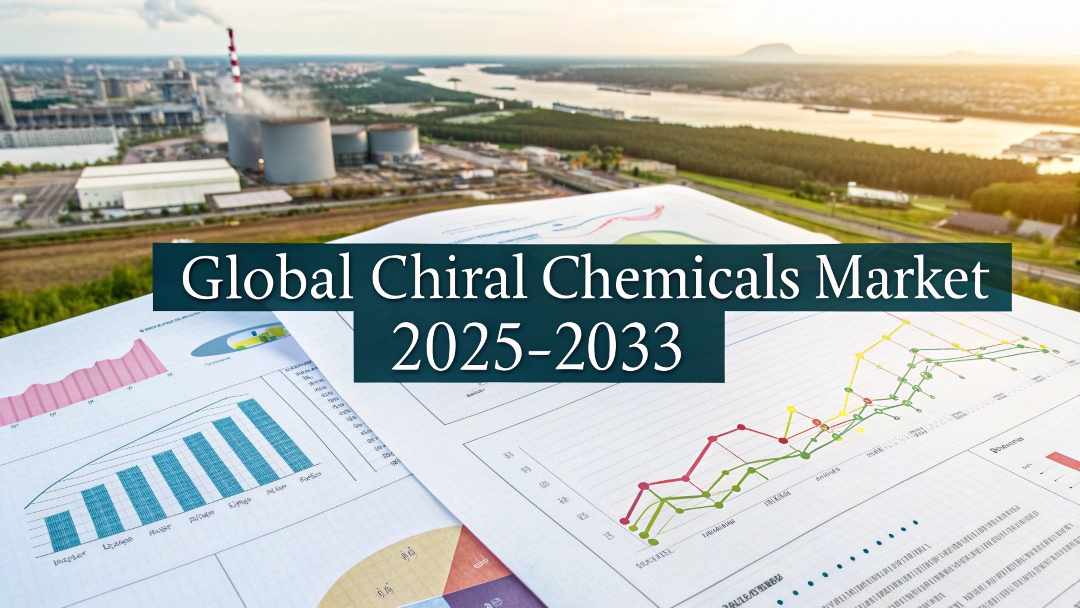

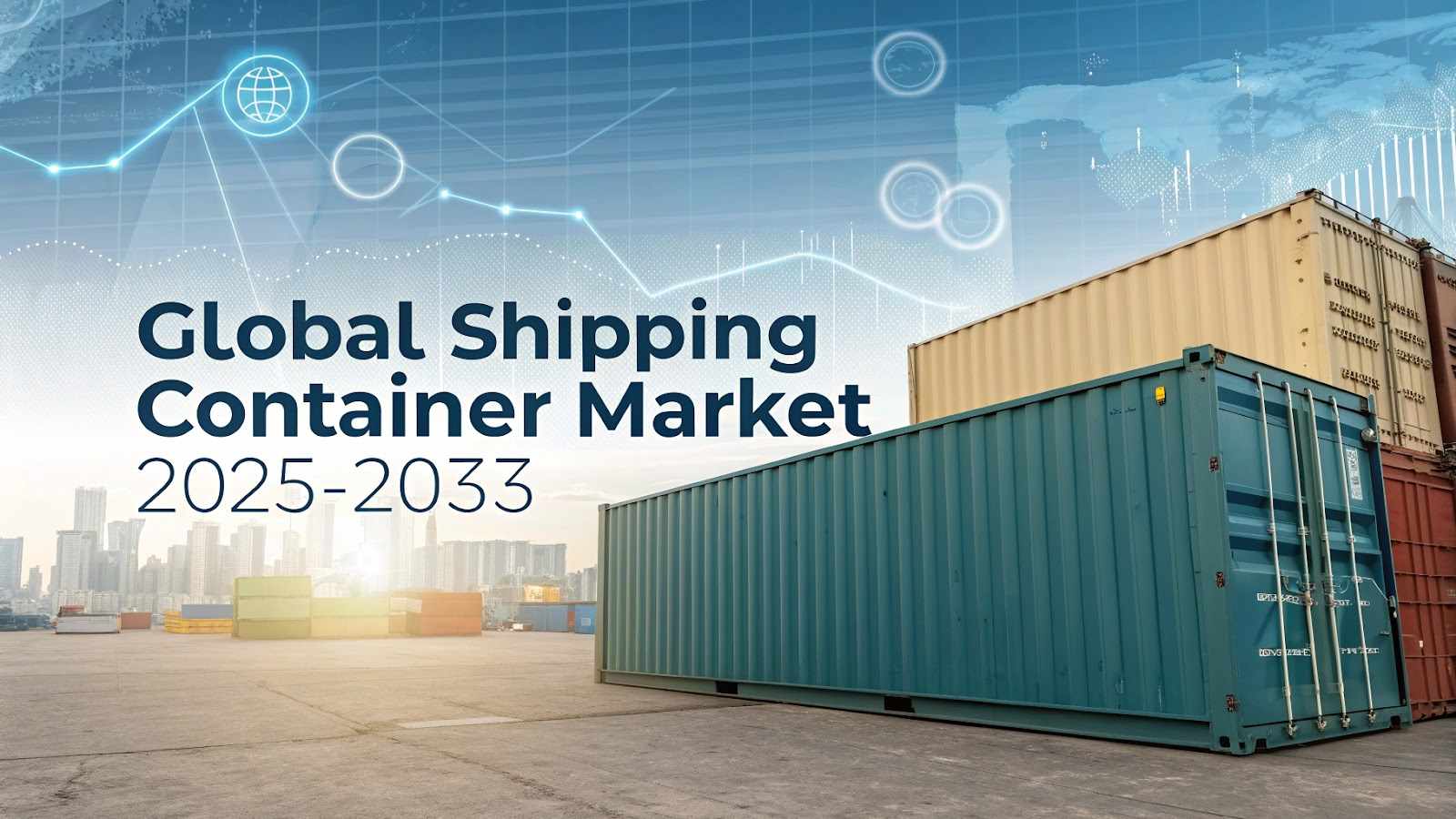
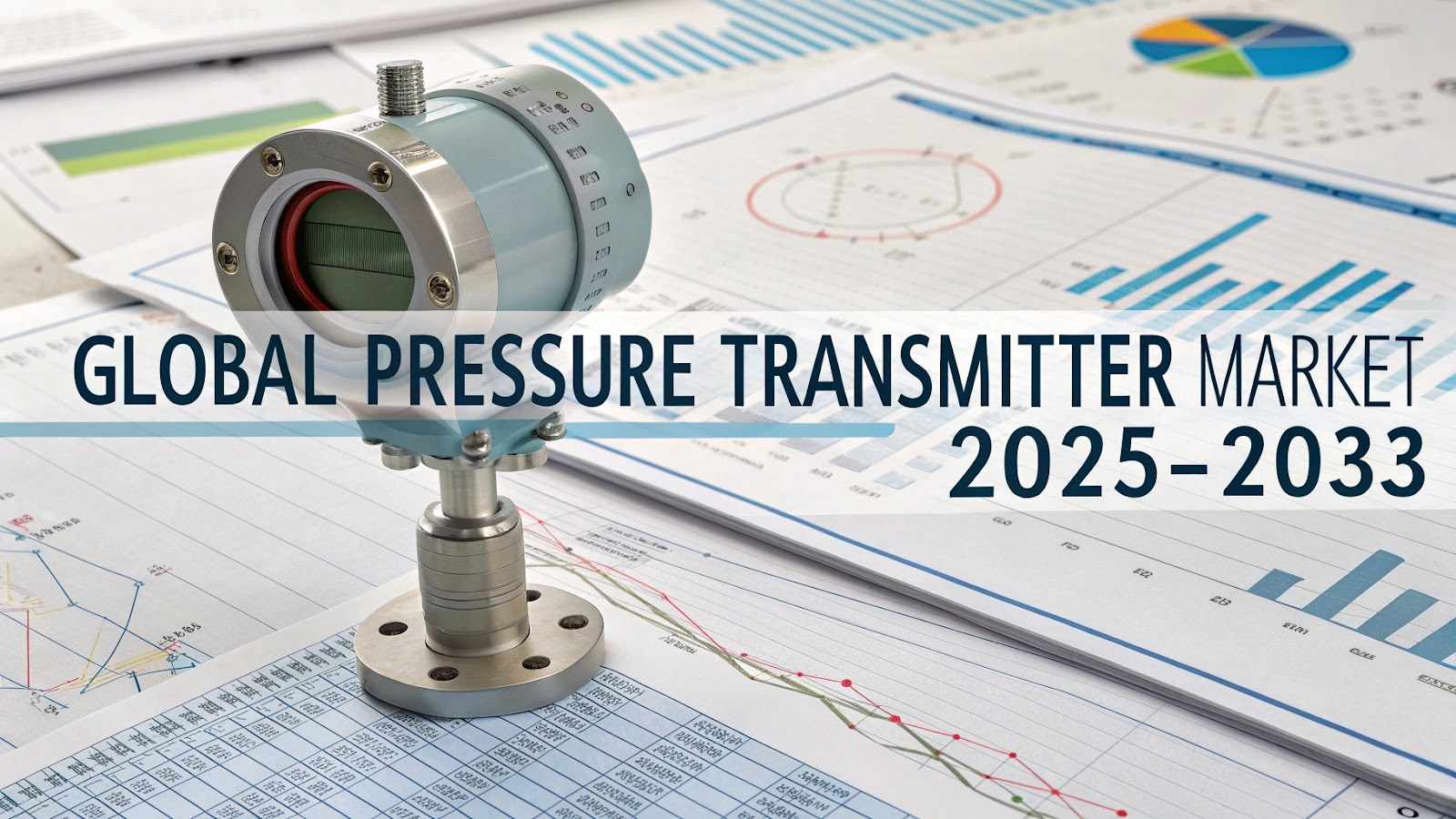
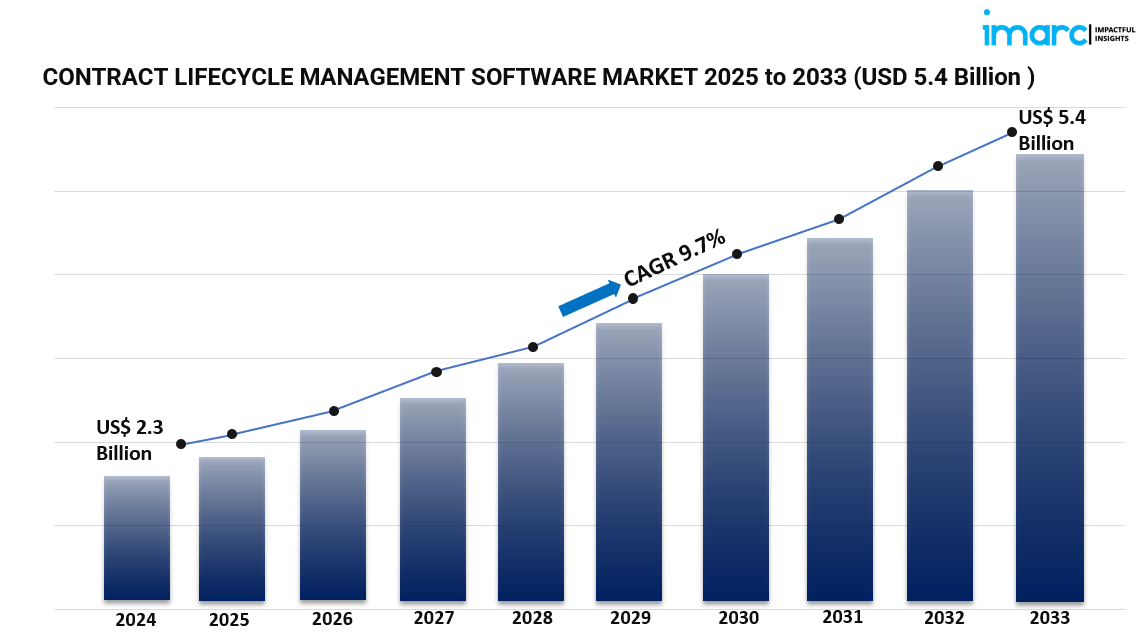
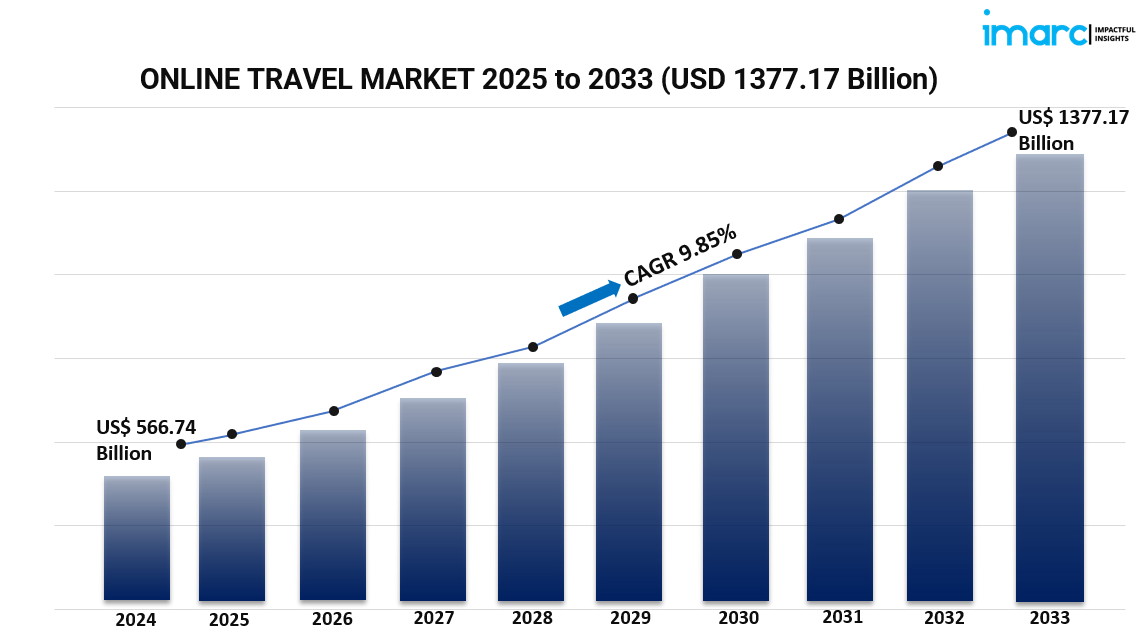
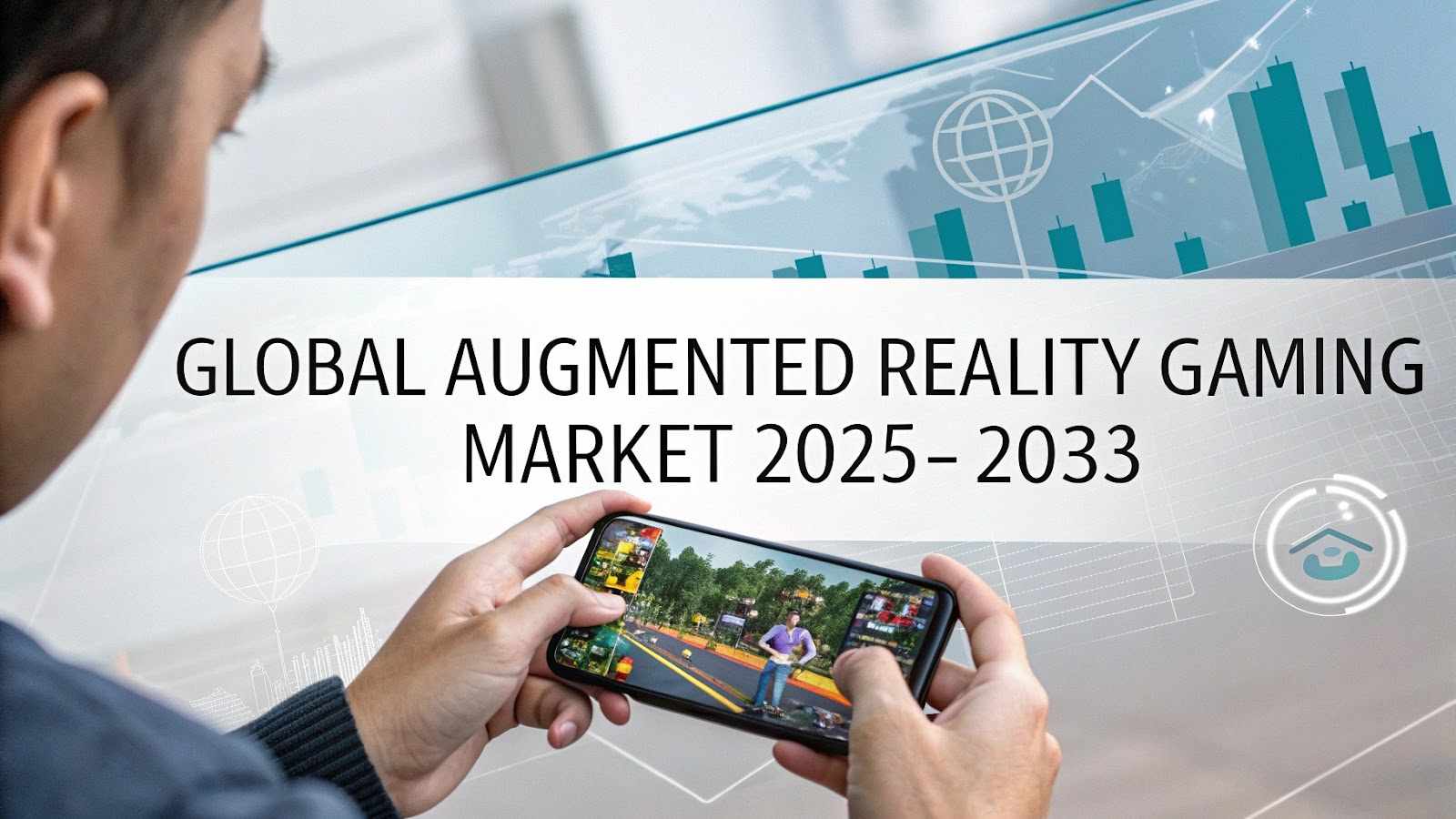
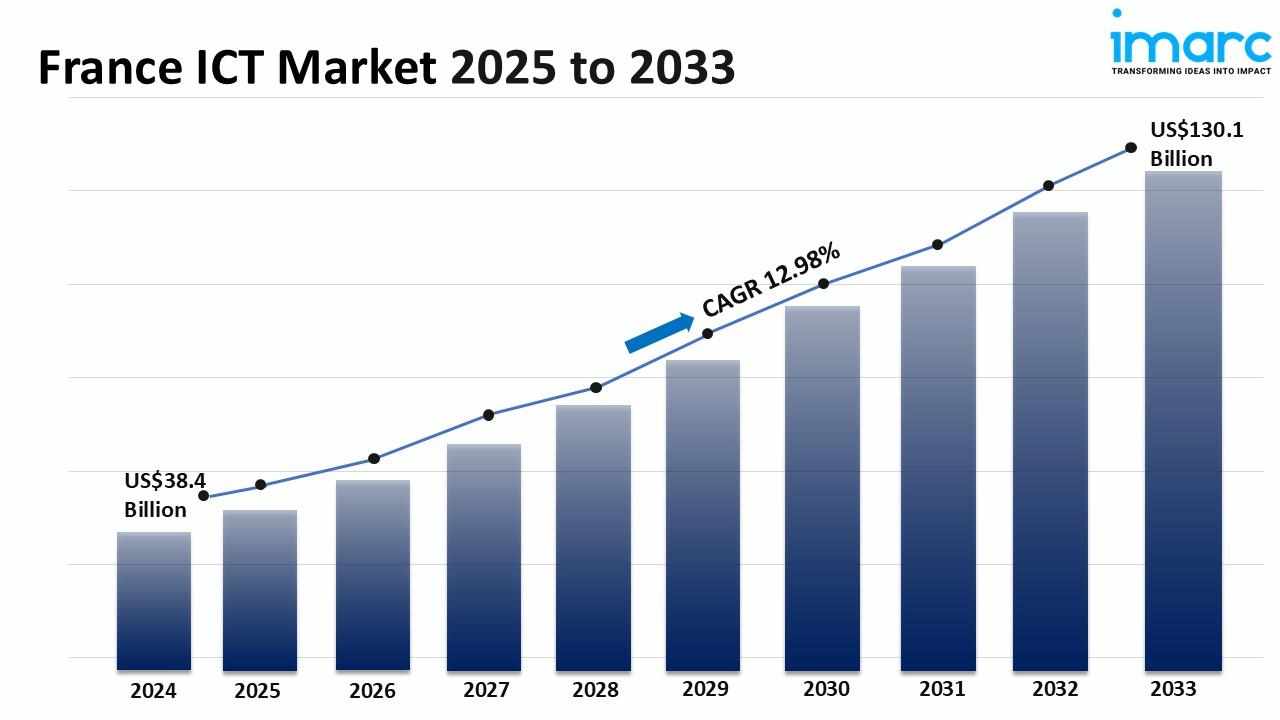

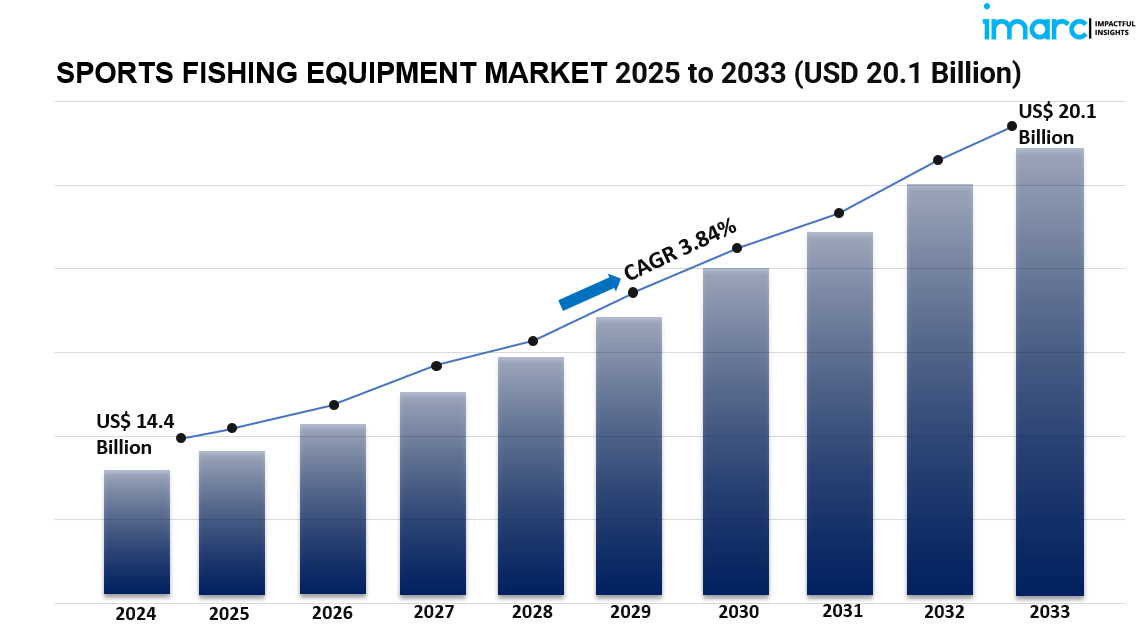
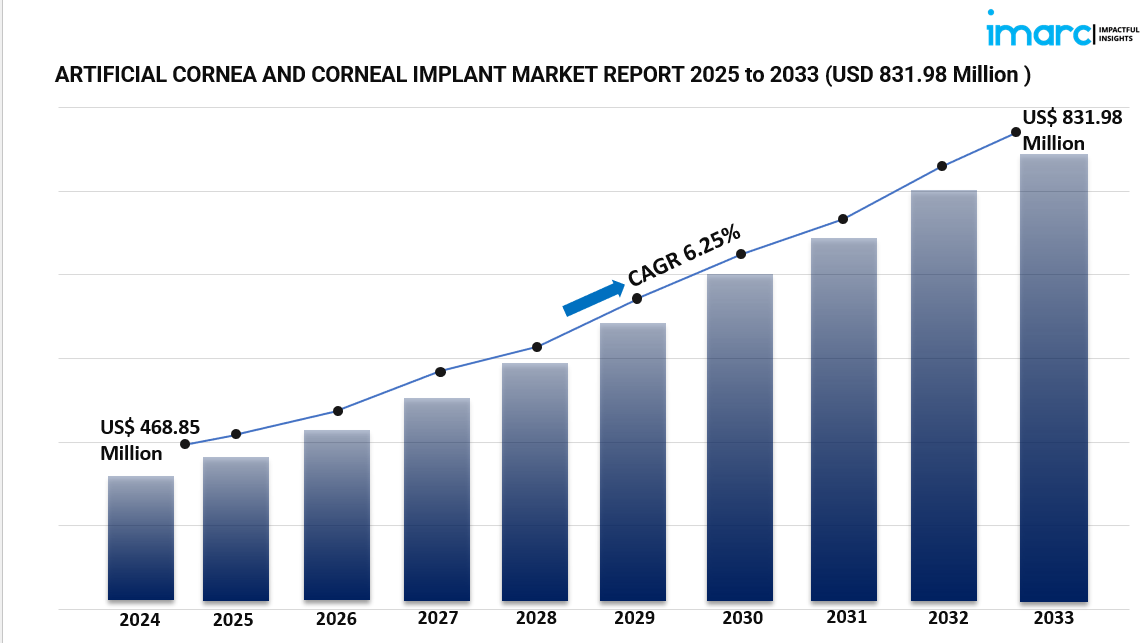
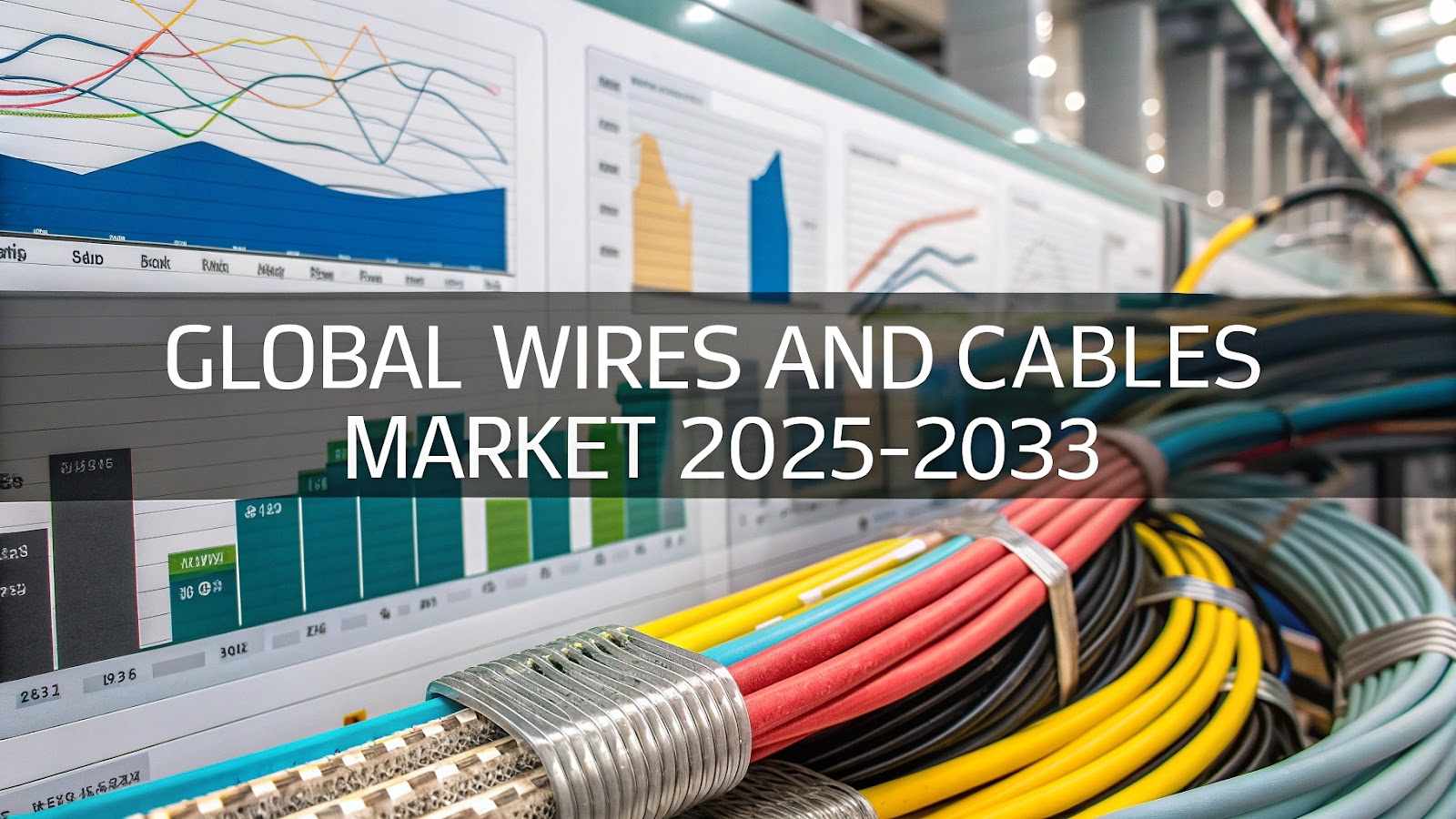
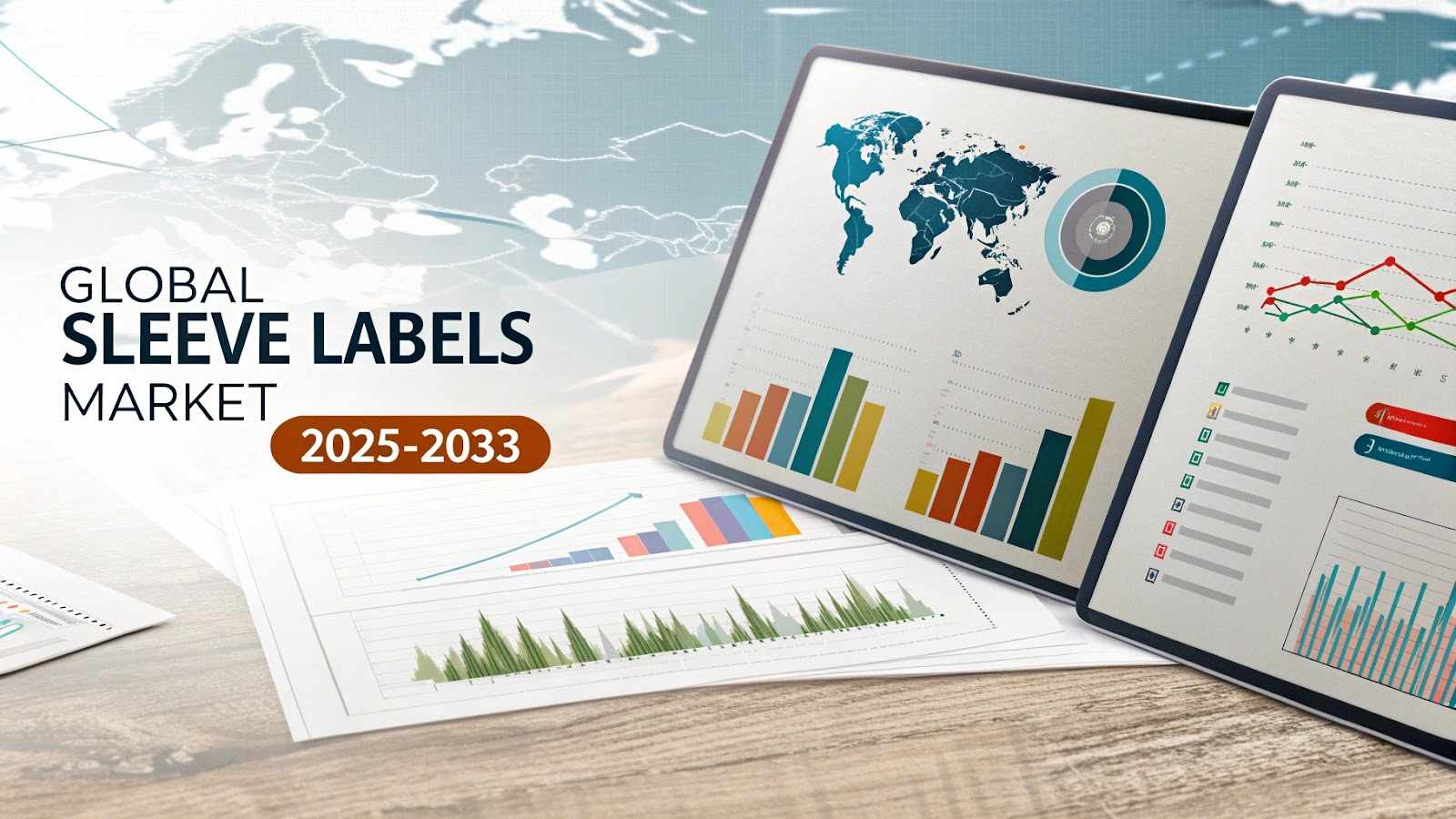
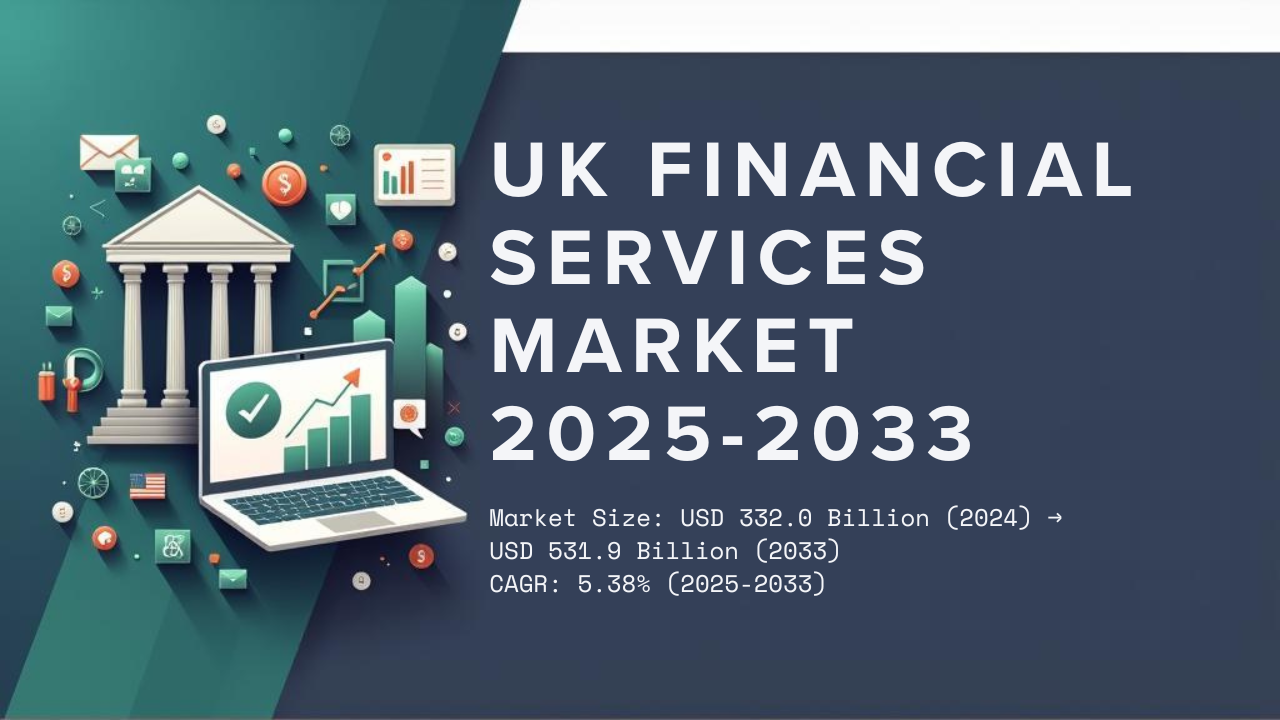

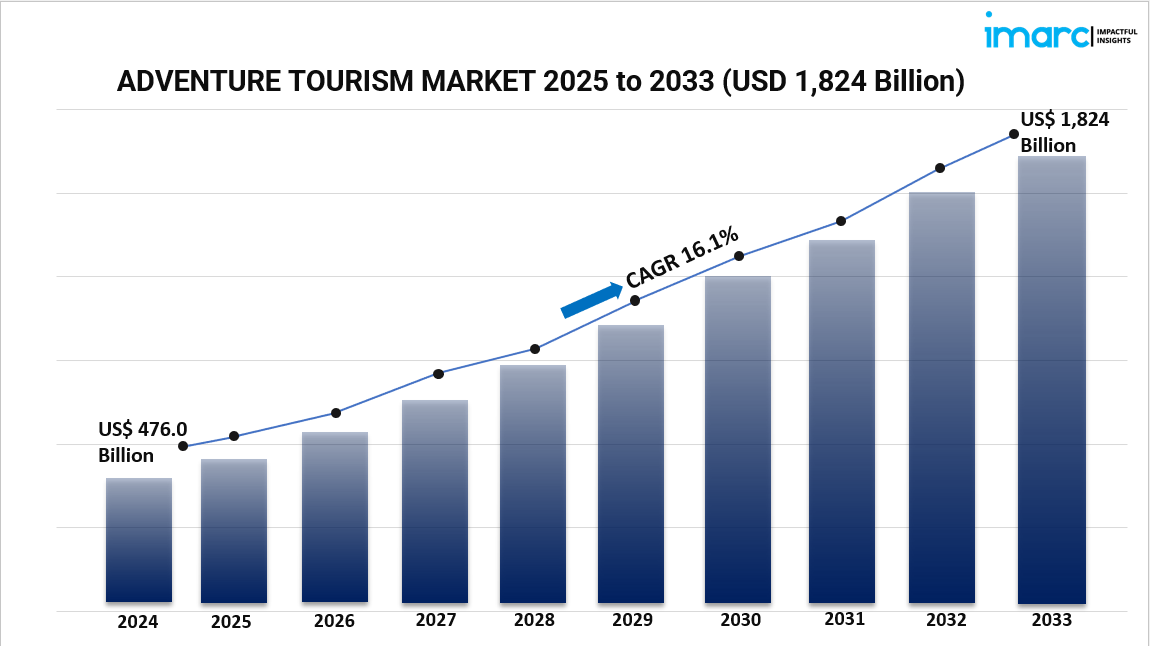
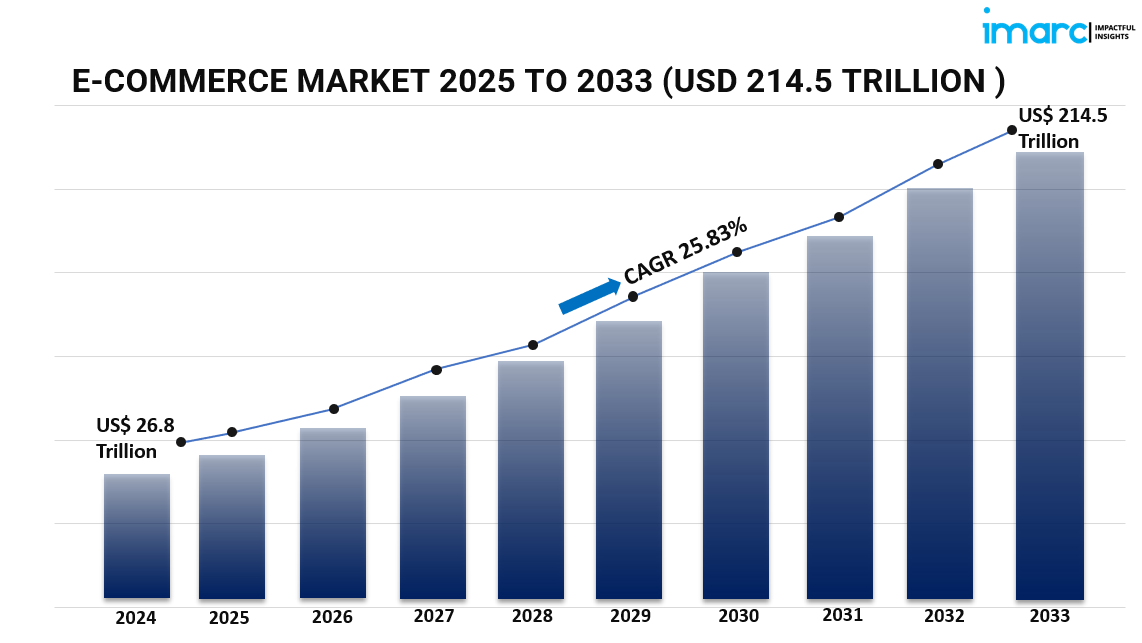
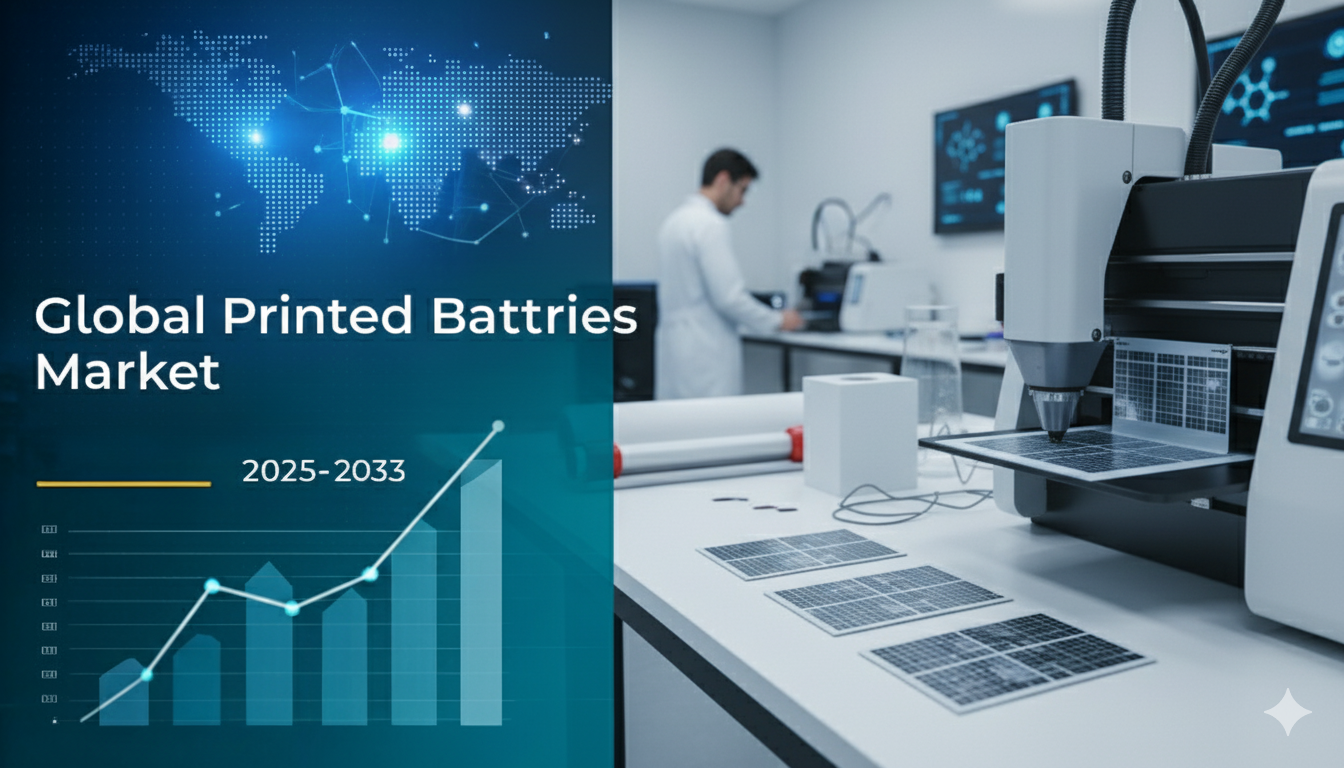
Write a comment ...